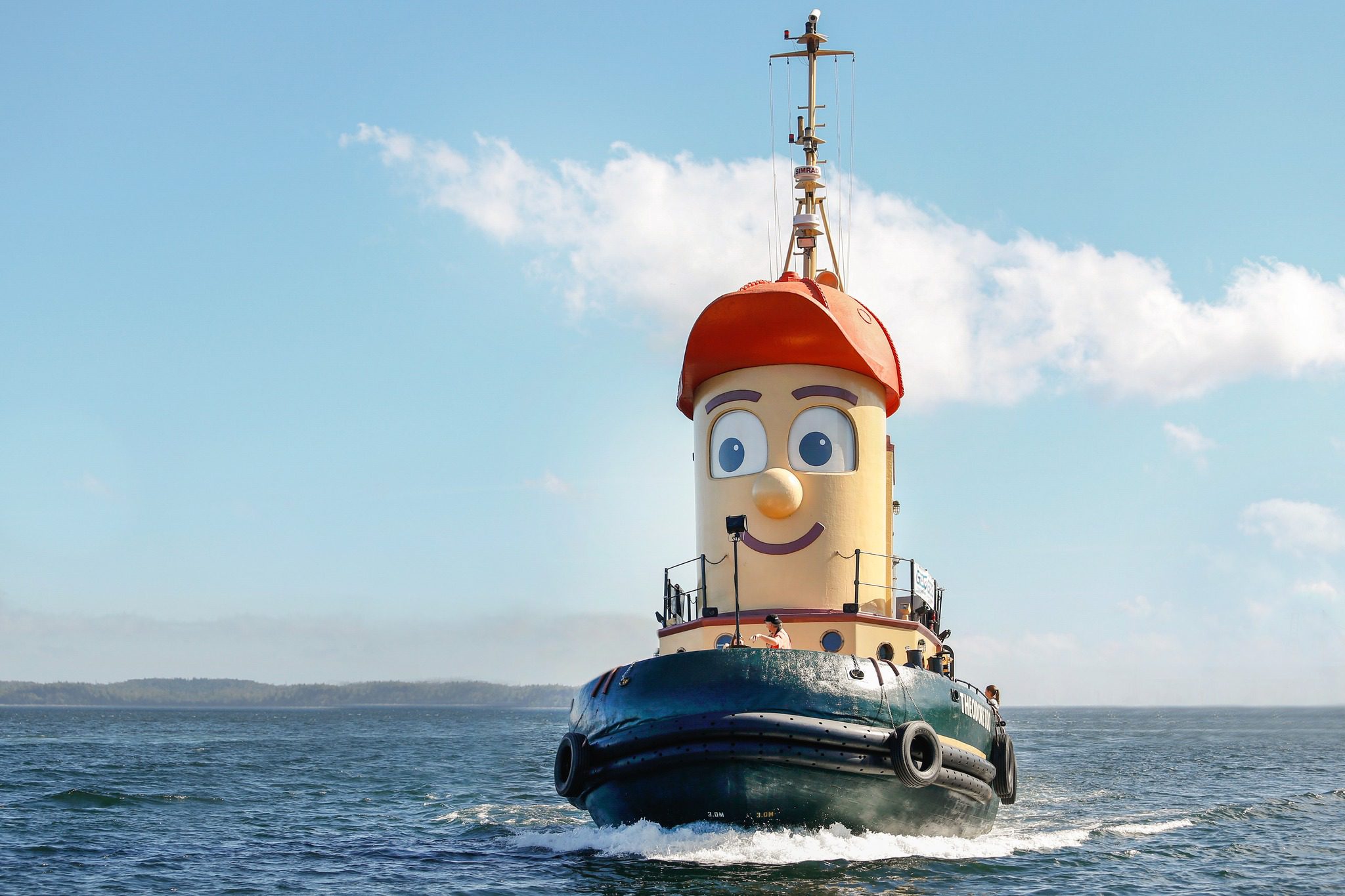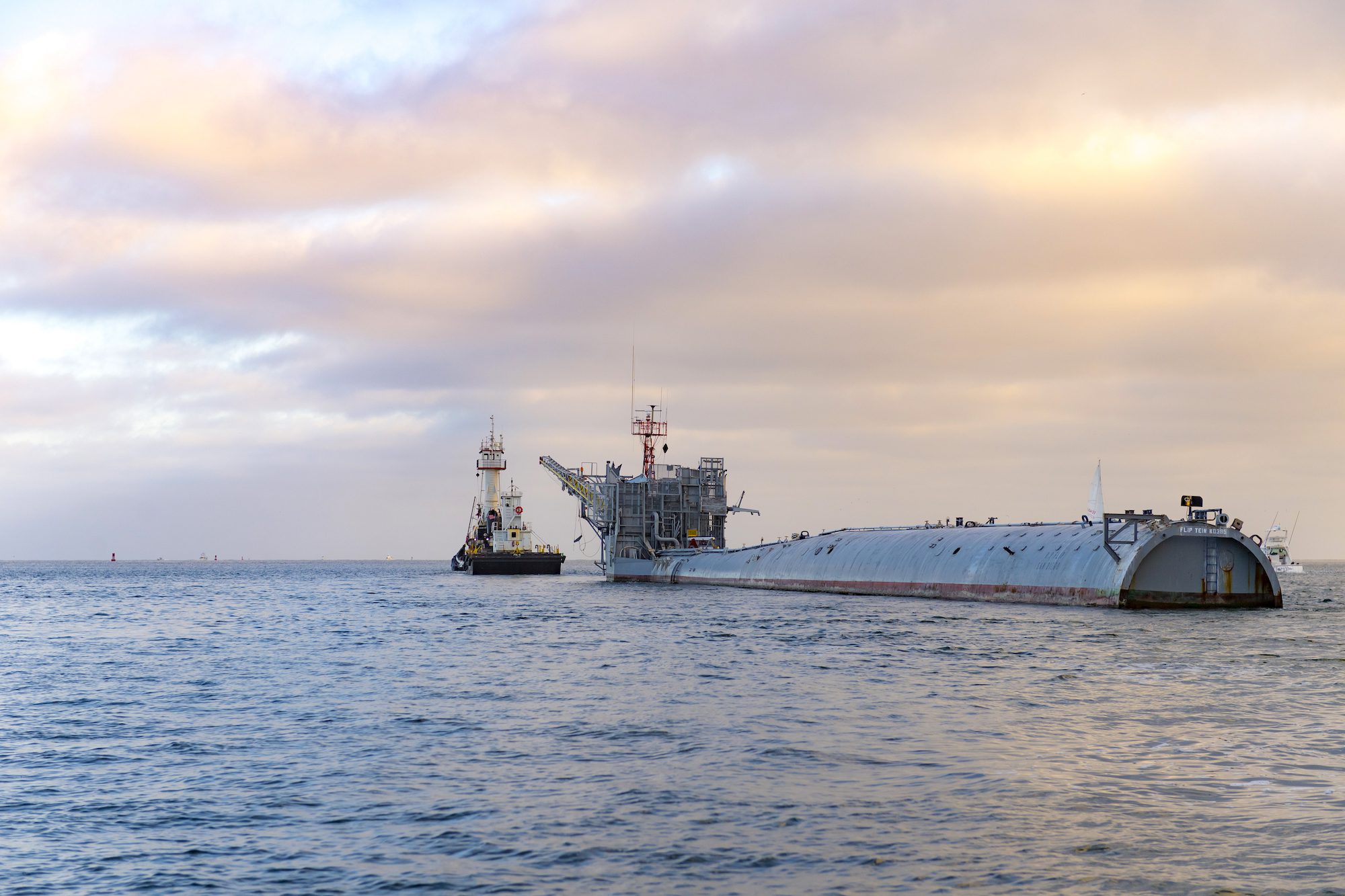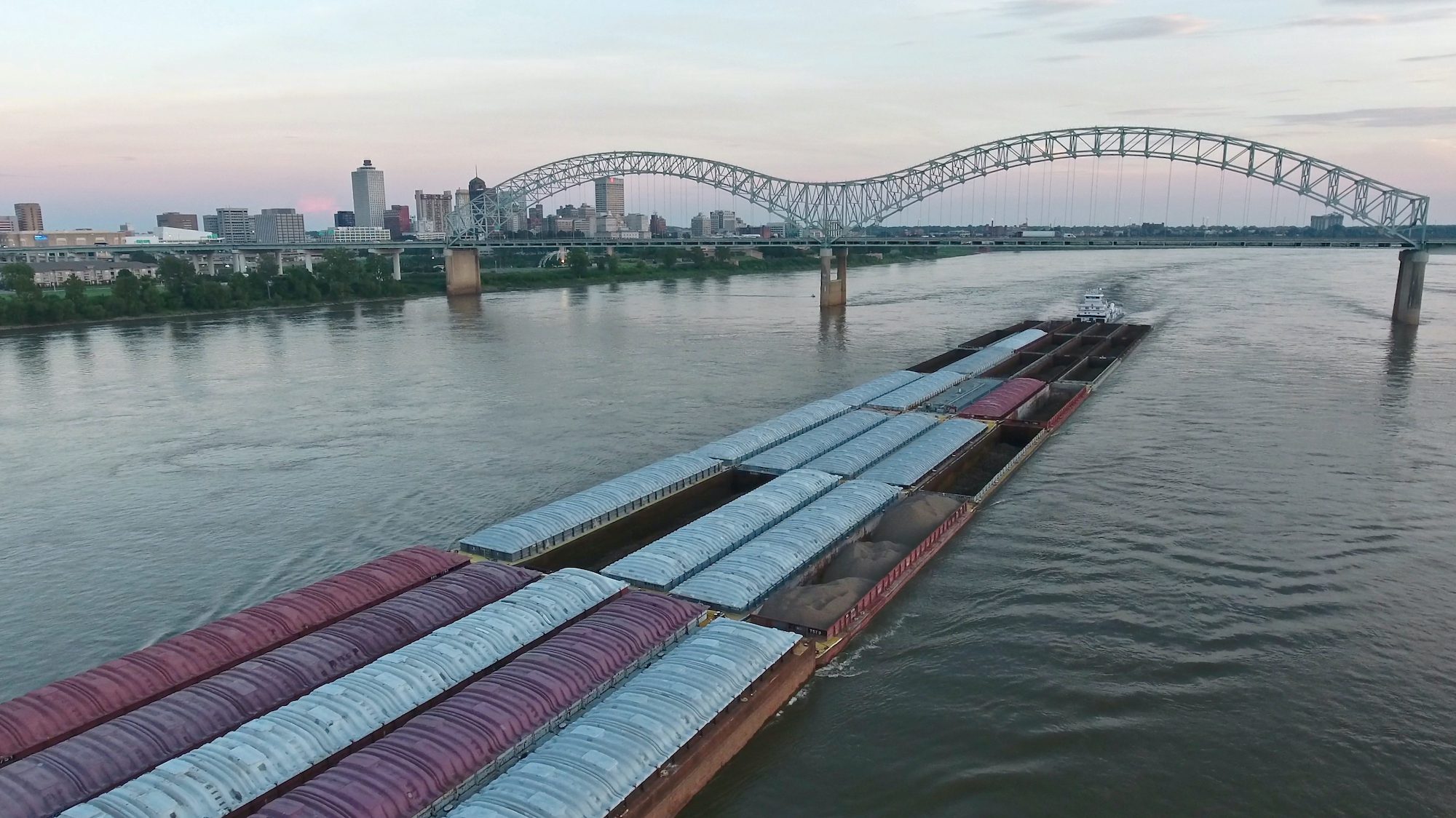The U.S. Army Vessel SP/4 James A. Loux (LSV-6) during a military exercise in the Arabian Gulf. U.S. Army Photo
US Army Logistic Support Vessels (LSV) are the Army’s largest watercraft. At just under 300 ft LOA, they can carry 2000 tons of cargo, and are capable of steaming independently throughout the world. LSVs frequently transit the Panama and Suez Canals as they execute maritime missions. The author transited the Panama Canal multiple times as both Chief Mate and Master of LSVs. LSVs are used predominantly for transporting military cargo, but they are military vessels and carry unspecified weapons for self defense.
By CW4 Michael W. Carr – “Do you have weapons onboard” asked the Panama Canal Inspector.
He knew this question was coming. He had been asked this same question each time they transited the Panama Canal. It usually came after all the other questions and review of paperwork.
Inspections started with he and his chief mate following the inspector throughout the ship; checking running lights, horn, steering, compass, charts, radios, radar, bell, firefighting gear.
Then they would move to the ship’s wardroom to examine paperwork; de-ratting certificate (ensuring the ship was vermin free), load line certificate, pollution responsibility certificate, and documentation. Ensuring all was in order before arriving at the Panama Canal takes weeks and months of preparation. It is the job of the Chief Mate to ensure the “Transit Book” is complete and accurate.
As skipper his job was to be the diplomat, to make the Inspector feel appreciated and to ensure his crew was cooperating with all the Inspector’s requirements. Provide coffee, a ship’s hat, maybe a ship’s T-shirt, or better yet a sweatshirt. Inspectors have great latitude and authority, but they are also people, and need to be appreciated.
Fail an inspection and you might sit at anchor outside the canal’s entrance for days or weeks. A ship’s objective is to pass inspection and move through the canal. Military vessels only transit the Panama Canal at night. You enter the locks at sunset and emerge at the opposite end at sunrise.
“I have been through the canal now four times this year, and know what? I only know what it looks like at night!” remarked the skipper. I wonder what it looks like during the day? Only cruise ships and commercial vessels go through during the day. Cruise ships have priority, so their passengers can oooh and aaah over the massive locks.
“All I want is to pass this damn inspection,” thought the skipper as he smiled at the Inspector.
“So, do you have any weapons onboard?” asked the Inspector again.
“Oh, sorry,” said the skipper. “Well we are an Army vessel, you know,” he replied, not answering the question.
“Yes, I know, repeated the Inspector, but do you have weapons onboard?”
He could not answer this question. He could not answer because if he said yes, then the Inspector would demand to see the weapons and would want to make a list of them all, including serial numbers, etc. Then he would want to know how much ammunition they had onboard, and this would be a mess. Success in this conversion was to convince the Inspector that he really did not need to ask this question, and he did not really need to know.
“Would you like more coffee?” the skipper asked as he poured himself another cup, and then rummaged around in the refrigerator for cream and honey. He was killing time.
He sat back down at the wardroom table, took a sip of coffee, glanced out the porthole, and said again, adding slightly more information, “Well we are an Army vessel and we are required to defend ourselves, so we do have the capability to do that.” Weapons? Fire hoses? Flares? Define weapons he thought to himself, but obviously did not say out loud.
“Are you a military vessel?” asked the inspector. They did not look like a military vessel. Yes, the vessel was painted gray, and had US ARMY welded onto the hull, but she looked, from a distance like a gray commercial cargo vessel.
“Yes we are a military vessel,” the skipper replied. And then added for effect “We are a military combatant vessel!” He looked over at the Chief Mate, who was learning against the bulkhead, and whose eyes now widened and eyebrows momentarily raised. The skipper knew what the Chief Mate was thinking, “Really Skipper, we are combatant vessel?”
Their vessel was an Army Logistic Support Vessel, an LSV. Capable of self-deploying on operations, and steam up to 5,000 miles without re-fueling or provisioning. She could land on remote beaches, and with her hospital and radio room support her crew and operations for months at a time. And, yes she carried weapons. But they could not tell the inspector. Attack us and you will find out what we have onboard, but we are not going to tell you.
“I wish we could tell you what we have onboard,” the skipper slowly articulated to the inspector, “But it’s just not allowed, so I hope that will be sufficient.”
He was prepared to show the Inspector their shotguns and maybe a pistol or two, if absolutely necessary, but nothing else.
The inspector took a sip of coffee, looked at his watch, made a call on his VHF radio, and made some notes in his book. Then he said, “Ok you are good, you can transit tonight. Ensure you are ready to sail at 18:00. When pilots board you must get underway immediately.”
“Roger that sir, thank you,” Responded the skipper. He knew the routine. There are always many military ships that transit at night; there is no time for delay. When your time comes you have to move into position. If you are late you get left behind until the next night.
He accompanied the Inspector down to main deck and stood with him at the ship’s pilot door chatting while they waited for the pilot boat to come alongside and pick him up. Soon the pilot boat pulled up, the Inspector crossed over, and they waved good-bye to each other.
With as sigh of relief the skipper looked around, and thought “This is what Vessel Masters do,” they negotiate, they act as mediators, as ambassadors. Vessel Masters work with arcane rules and bureaucracies, which are often convoluted and disjointed, and they find ways to translate words and rules into a workable reality.
He keyed his UHF radio and spoke, “Chief Mate, this is skipper, Inspector is off, and we are good to go for transit tonight, set underway time as 18:00.”
Success. Now he would go to his cabin and sleep for a few hours, because he knew, as the vessel master, he was required to be on the bridge for the entire canal transit. This takes all night. Once he walked onto the bridge at 18:00 he would be there for the next 12 hours, or more. Easy Day.

 Join The Club
Join The Club











